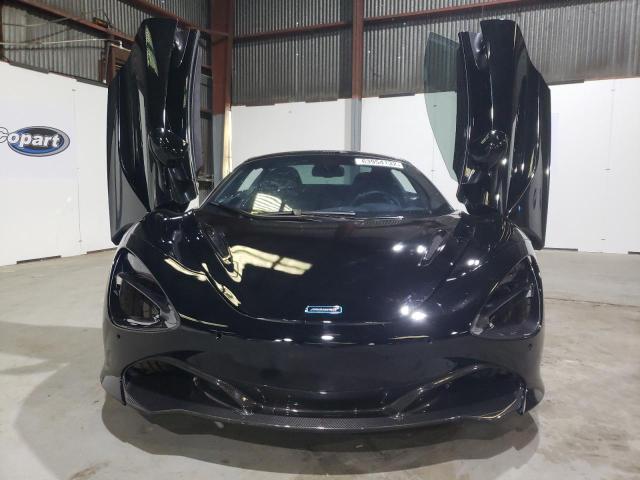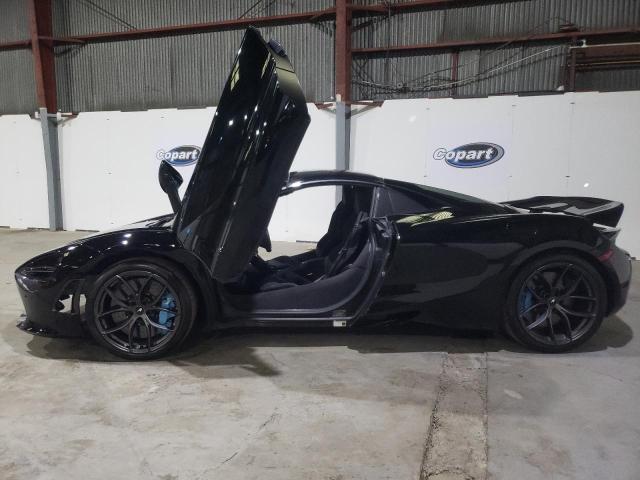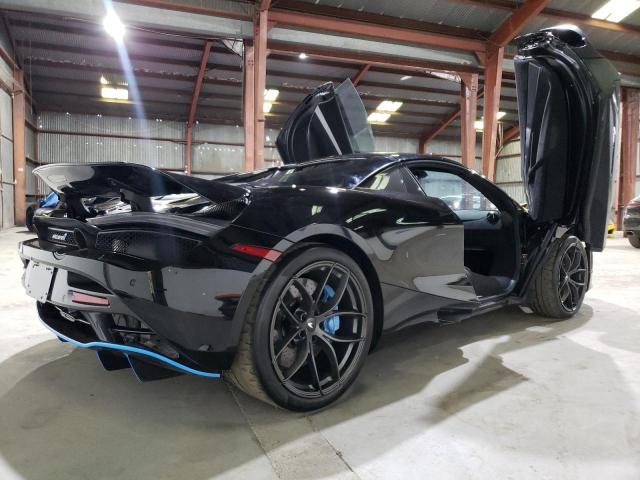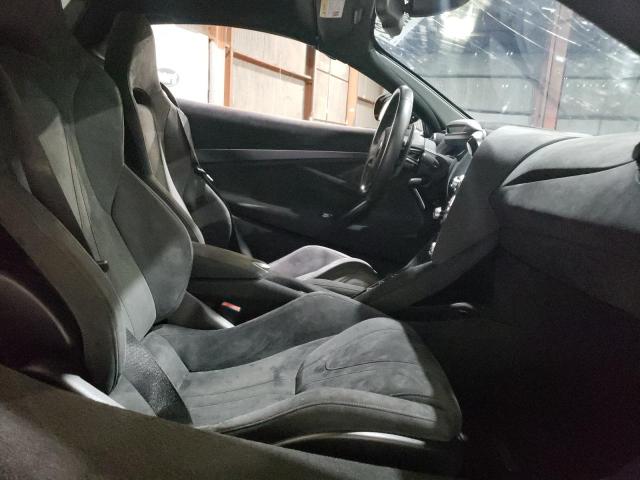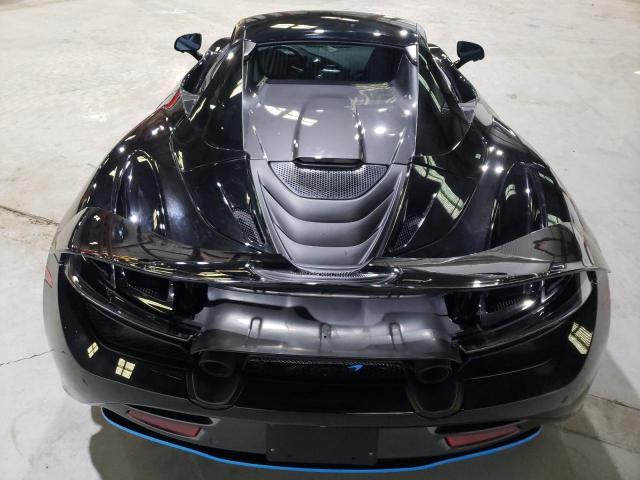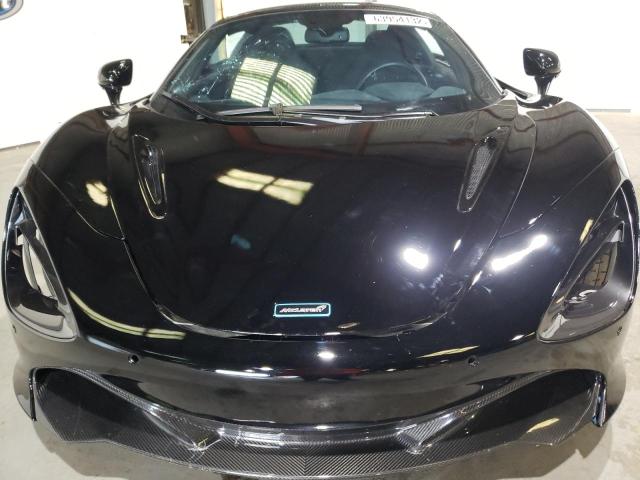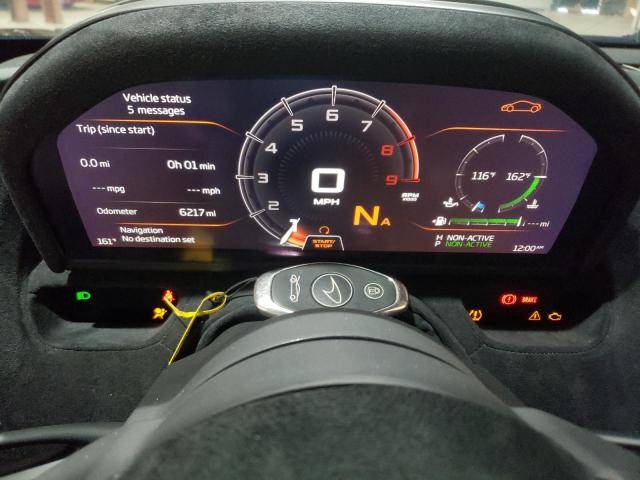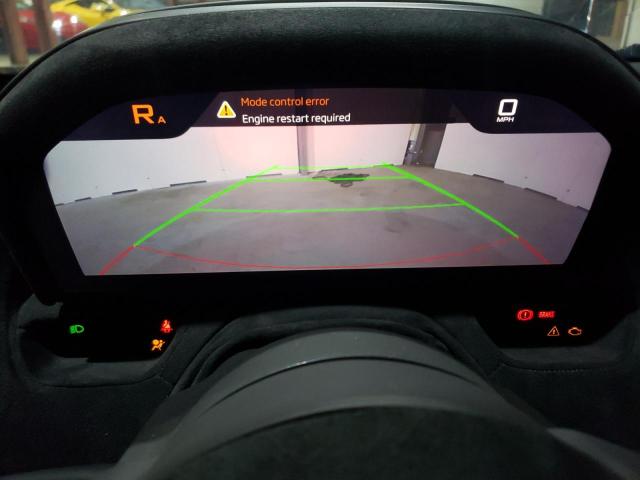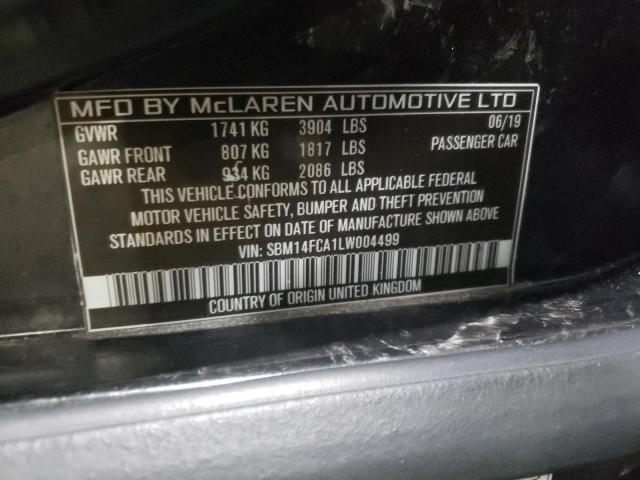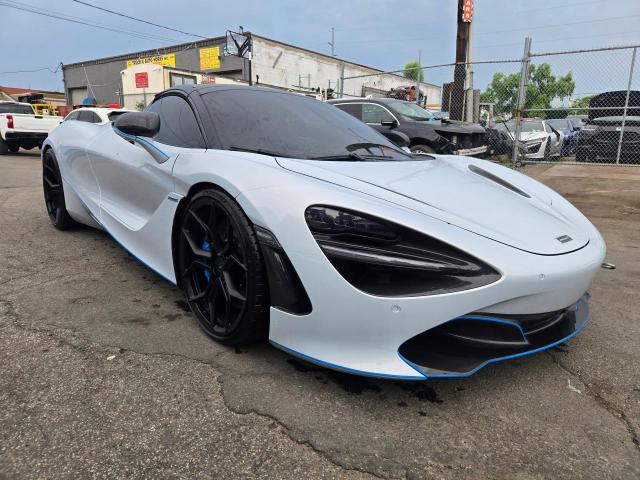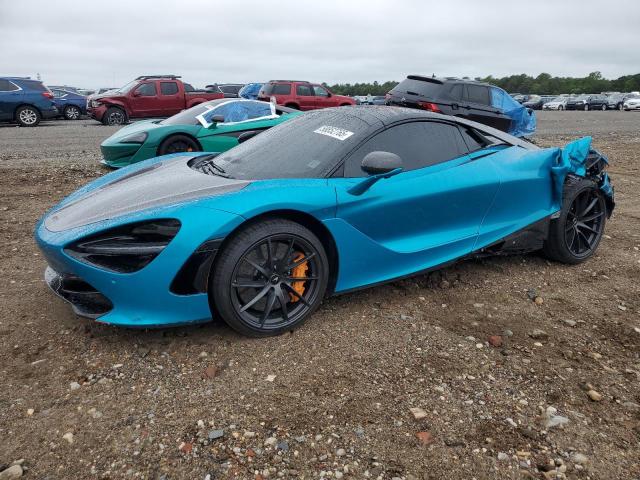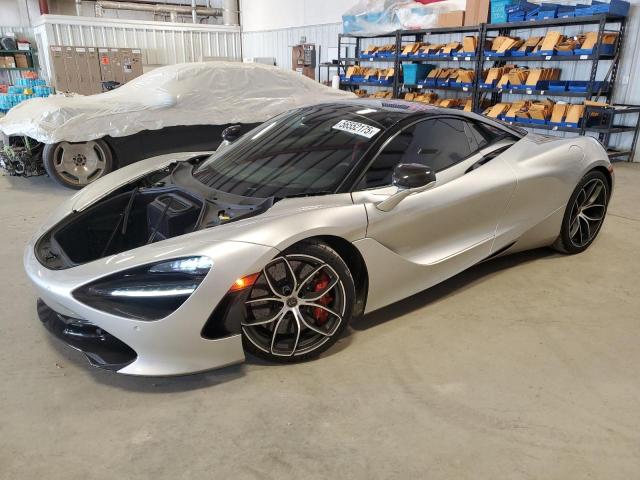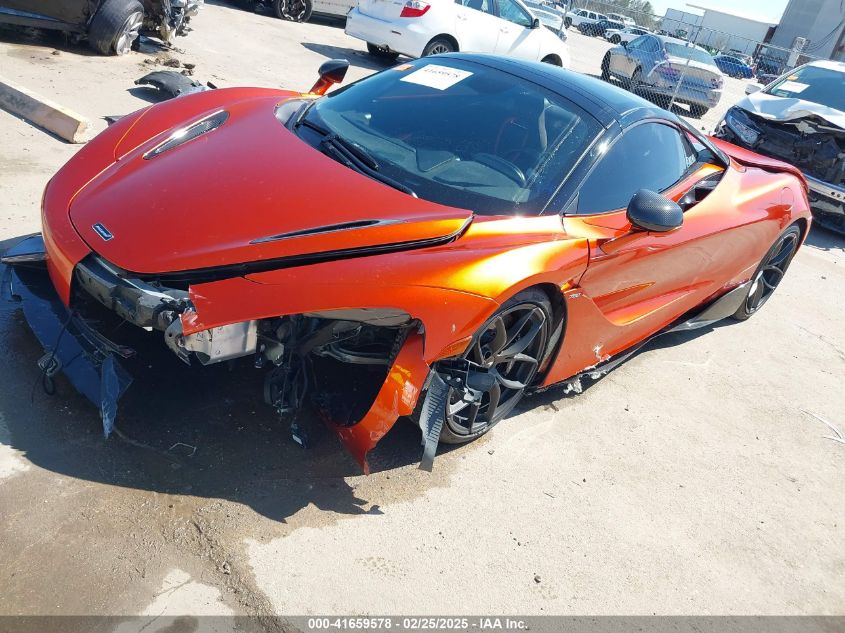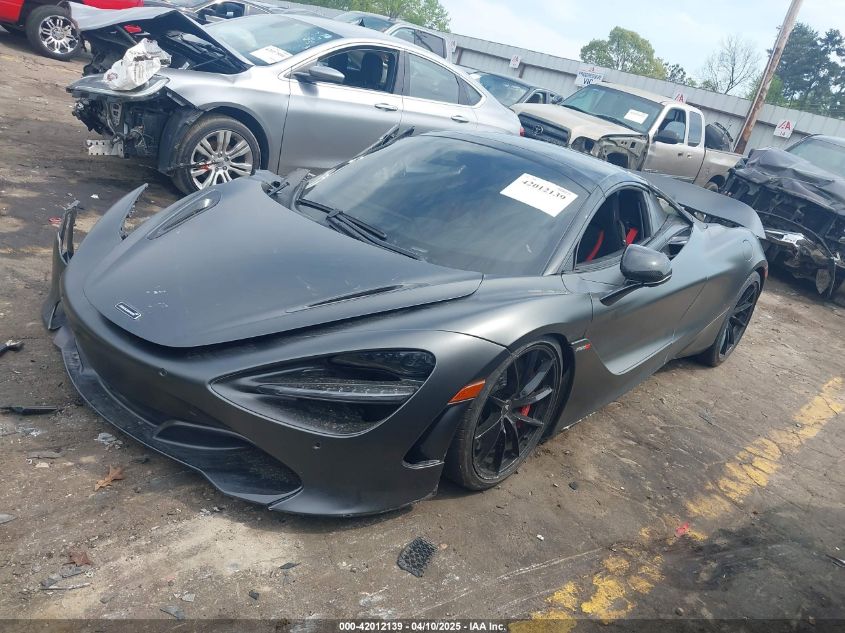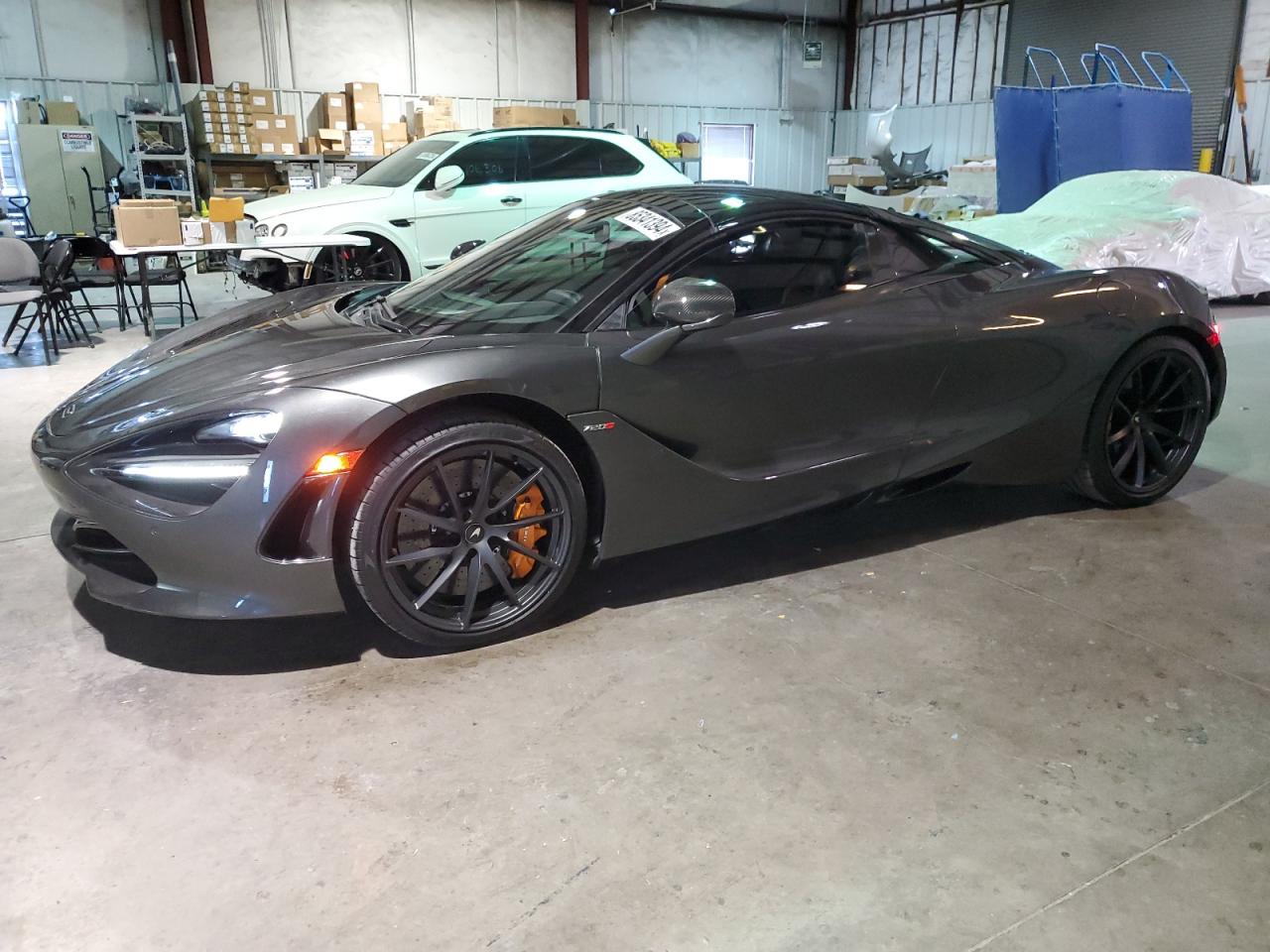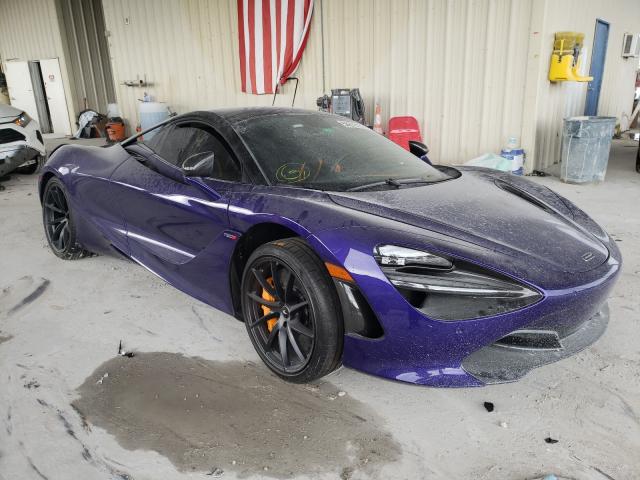2020 MCLAREN 720S | SBM14FCA1LW004499
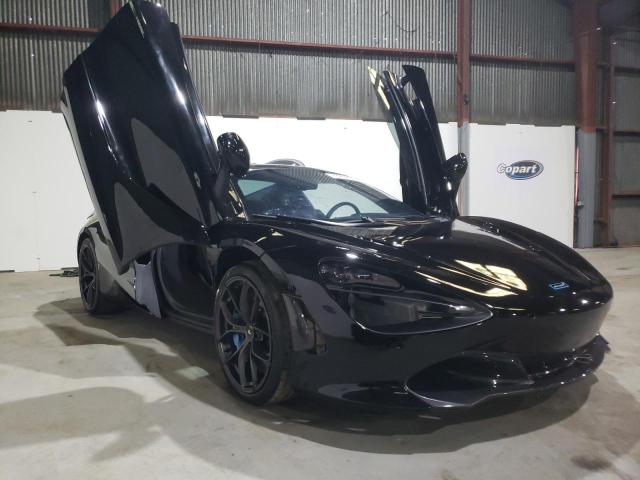 ❯
❯Lot details
- Sale Date2022-10-24
- Lot Number63954132
- ACV384846 $
- Sale documentCA - SALVAGE CERTIFICATE (P)
- LocationCA - LOS ANGELES
- Odometer6,217 miles (10,005 km)
- Primary DamageFRONT END
Vehicle specifications
1
~$300,000
Engine: 4.0L twin-turbocharged V8
Torque: 770 Nm
0–100 km/h: ~2.9 s
The McLaren 720S redefined what a modern supercar could be — blending alien aesthetics, outrageous acceleration, and daily usability into one carbon-fiber monocoque. With 720 hp and 770 Nm, it launches from 0–100 km/h in 2.8 seconds, but it’s the savage in-gear acceleration and telepathic handling that truly separate it from rivals.
The 4.0L M840T V8 is compact, high-revving (8,100 rpm redline), and delivers ferocious torque without the lag typically associated with twin turbos. Paired with McLaren’s Proactive Chassis Control II hydraulic suspension, the 720S doesn’t just go fast — it corners like a prototype race car, with no anti-roll bars, no weight penalties, and complete chassis composure.
Inside, the minimalist but high-tech cockpit features a fold-down digital display, carbon racing seats, and visibility unmatched in the supercar class — thanks to thin A-pillars and a glass canopy-like greenhouse. The car is surprisingly easy to live with, offering lift systems, decent luggage room, and manageable city manners.
The body, designed around aero efficiency, features active rear wing, fully functional venturi tunnels, and integrated air channels — allowing it to generate significant downforce without any visible disruption to its smooth form.
The McLaren 720S earns its place in the performance registry as one of the most complete, fastest, and most technically advanced supercars of its era — outperforming Ferraris and Lamborghinis of its generation, while offering real-world usability and a driving experience so intense, it borders on surreal.
Final Bid McLaren 720S (2020)
$50,500
$129,278
$180,000
Body Styles
Supercar Coupe (720S Coupe) – a mid-engine, carbon-fiber monocoque two-seater coupe defined by fluid aerodynamic surfaces, hidden air channels, double-skin dihedral doors, and a teardrop-shaped glass canopy. The 720S’s flowing body was engineered for aerodynamic efficiency and downforce without relying on fixed wings, making it look more like a moving sculpture than a traditional track-focused machine.
Supercar Convertible (720S Spider) – a retractable hardtop version of the 720S that retains the MonoCage II-S structure, allowing for nearly identical weight and torsional rigidity to the coupe. The Spider adds a luxurious open-air experience with a power-folding roof that operates in 11 seconds, while preserving the dramatic dihedral door motion and rear aero active wing.
Model Name Meaning (Manufacturer)
The "720" in 720S stands for its metric horsepower output (720 PS / ~710 hp). The "S" denotes Sport, distinguishing it within McLaren’s Super Series as a more track-oriented model than the GT but more daily-usable than the Ultimate Series cars like the P1 or Speedtail. It marks the second generation of McLaren’s core supercar formula, following the 650S and 12C.
Model Name Meaning (Languages)
"720S" is a universally comprehensible name across languages and markets. The numeric emphasis on performance and the minimal naming style follow McLaren’s technical ethos, making the car’s purpose and prowess instantly understood worldwide without translation.
Body & Interior Colors and Rims
McLaren offered the 720S in a spectacular array of colors under its standard, Special, and MSO Defined (McLaren Special Operations) paint programs. Signature hues included Azores Orange, Belize Blue, Saros Grey, and Onyx Black. MSO-exclusive colors like Ludus Blue, Lantana Purple, and Atlantic Blue highlighted the car’s sculpted aero channels and futuristic details, while satin and stealth finishes added a dramatic edge.
Inside, the 720S offered cockpit-focused minimalism with three main trim philosophies: Performance (Alcantara-heavy with contrast stitching), Luxury (more leather, ambient lighting), and Track (stripped-out, racing shell seats, carbon galore). Upholstery colors included Carbon Black, Scoria Grey, and McLaren Orange with contrast piping. Carbon fiber was used throughout — from the paddle shifters to the instrument cluster housing and sill covers — while bespoke MSO options included embroidered headrests, Alcantara headliners, or anodized switchgear.
The digital driver display featured a folding TFT screen that dropped into a minimalist strip mode for track driving. The infotainment system was portrait-oriented and integrated with telematics, navigation, media, and optional telemetry/lap timing functions.
Wheels ranged from 19-inch front and 20-inch rear forged alloys to optional ultralight 10-spoke wheels in stealth, platinum, or gloss black finishes. Brake calipers could be matched in yellow, red, orange, or McLaren’s signature Azores Blue. Carbon-ceramic brakes were standard, delivering hypercar-level deceleration and minimal fade in repeated high-speed use.
Top Expensive Options
- MSO Defined Carbon Fiber Exterior Upgrade Pack (Front Splitter, Rear Diffuser, Mirror Caps): ~$11,500
- Electrochromic Glass Roof (variable tint – Spider only): ~$9,100
- Super-Lightweight Forged Alloy Wheels in Stealth Finish: ~$6,800
- MSO Bespoke Paint (Satin Blue, Cerulean, Ludus Blue, etc.): ~$9,000
- Carbon Fiber Racing Seats (Fixed-Back Shells from P1 GTR): ~$6,200
- Sports Exhaust System with Titanium Tips: ~$5,500
- McLaren Track Telemetry Pack with Three Cameras: ~$4,800
- Bowers & Wilkins 12-Speaker Premium Audio System: ~$4,000
- Carbon Fiber Interior Upgrade (Dash, Console, Door Cards): ~$5,500
- Vehicle Lift System (Front Axle Raise for Clearance): ~$2,200
vs Competitors
The McLaren 720S competed directly with the Ferrari F8 Tributo, Lamborghini Huracán Performante/Evo, Porsche 911 Turbo S (992), and Aston Martin DBS Superleggera. Against the F8, the 720S was lighter and arguably faster, though less emotionally tuned in soundtrack and theater. Compared to the Huracán, the 720S delivered more brutal performance and advanced aerodynamics but lacked the same visceral V10 charm. Against the 911 Turbo S, it offered greater drama and top-end excitement, if less daily usability. The Aston Martin felt more grand tourer than scalpel in comparison. The 720S emerged as the technological benchmark, combining searing pace, near-hypercar handling, and active aero in a package that remained streetable and serviceable — solidifying McLaren’s reputation as a true supercar force.
Fun Fact
The McLaren 720S can accelerate from 0 to 200 km/h (124 mph) in just 7.8 seconds — faster than many hypercars from the decade before it. It also features a folding digital instrument cluster that tucks away under hard acceleration or track driving, revealing only the essential information in a slimline display — the ultimate fusion of F1 heritage and futuristic minimalism.



